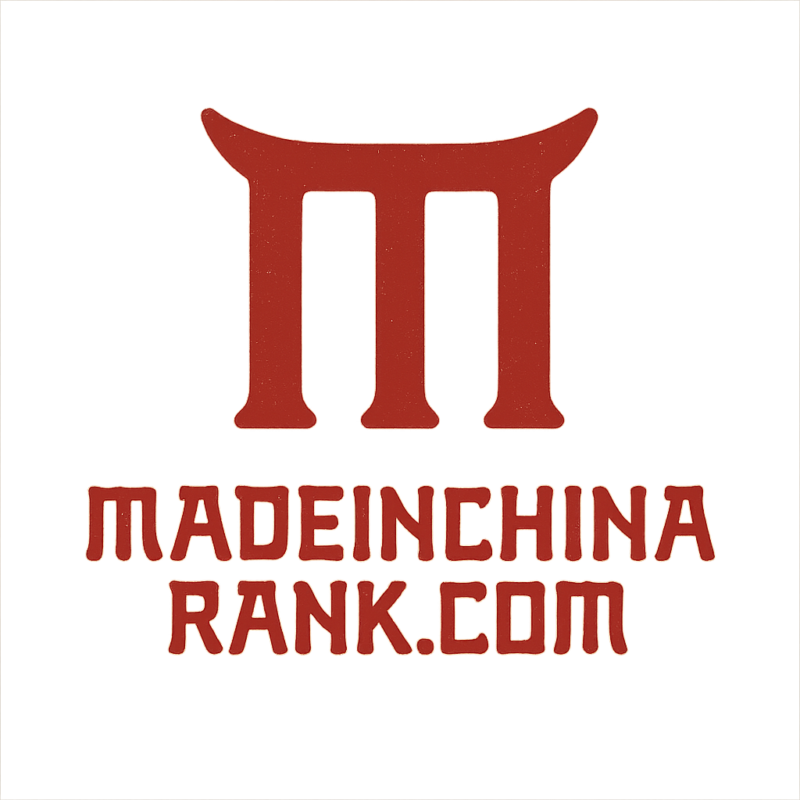Made in China 2025 is the program of action for the first decade of the Chinese government’s strategy of becoming a manufacturing power. Made in China 2025 emphasizes a three-step strategy in line with China’s national conditions and gradual progress. It aims to improve the quality and level of China’s manufacturing industry.

The fundamental goal of Made in China 2025 is to change the situation that China’s manufacturing industry is large but not strong and make China a manufacturing power through 10 years of efforts. This will lay a solid foundation for China to become a global leading and influential manufacturing power by 2045.
Since China’s reform and opening up, China’s manufacturing industry has been developing rapidly. However, China’s manufacturing industry is large but not strong compared with the advanced level in the world. There are obvious gaps in independent innovation capacity, resource utilization efficiency, industrial structure level, information technology degree, quality, and efficiency, etc. The task of transforming, upgrading and leapfrogging development of Chinese manufacturing is urgent and arduous.

Manufacturing is the mainstay of the national economy. Made in China 2025 will help China strengthen manufacturing innovation and promote industrial transformation and upgrading. It has pointed out the way and direction for the development and upgrading of China’s manufacturing industry.

At present, China is in a critical period of economic restructuring, transformation and upgrading. Made in China 2025 is an important measure to help China transform its economy and move towards an innovative society. Made in China 2025 pointed out that structural adjustment should be taken as a key link in building a strong manufacturing country, vigorously developing advanced manufacturing and upgrading traditional industries.
Made in China 2025 puts forward targeted policies to solve the existing problems in the manufacturing industry.
